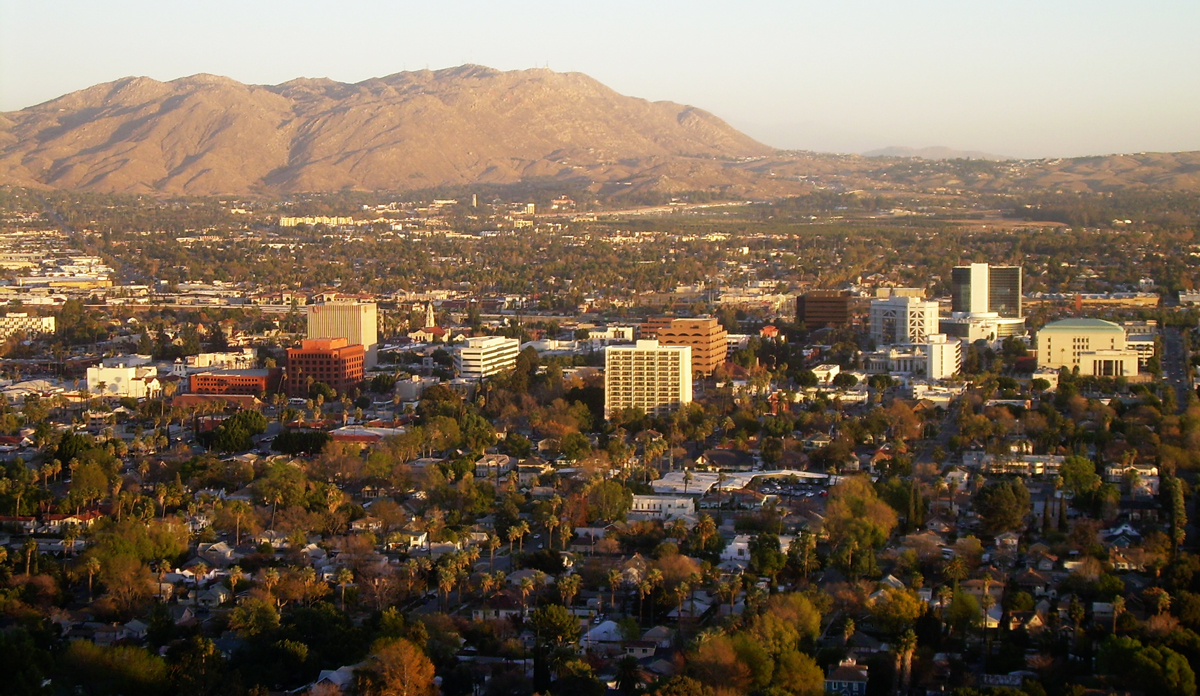The industrial market in Los Angeles is hot, but is it too hot? The county may see its second straight quarter of negative net absorption, as firms look elsewhere for cheaper space and less competition. Now, the Inland Empire may be the new new thing.
The last time that happened was just before the Great Recession in the first two quarters of 2007. The data, according to CoStar, suggests that potential tenants are looking for space outside L.A. County.
Net absorption — the difference between the amount of square footage vacated in a period and the amount occupied — is a key indicator when tracking the health of a sector. Negative net absorption means more space was vacated than was filled in that period.
Tenants are specifically looking toward the Inland Empire, which has lower rents, more modern product in the pipeline, and plenty of available space. There could also be hesitation among tenants over uncertainties with U.S. trade policy, which could negatively impact business.
The Inland Empire is enticing largely because of the lack of space and the stiff competition for it in L.A. County. The industrial market in the L.A. area has been red hot in recent years — vacancies are at historic lows and sale prices are up 70 percent since 2013 to around $157 per square foot.
The vacancy rate for modern spaces is at just 1.1 percent and the dearth is such that it’s driving up the sales prices for older properties that might not accommodate modern needs just because investors wants to secure real estate in the hopes that the economy will continue to grow.
Creative conversions of older spaces in the L.A. area are also driving up prices are reducing stock, according to CoStar, further driving rent growth for those industrial spaces that aren’t converted into offices or residential units.
